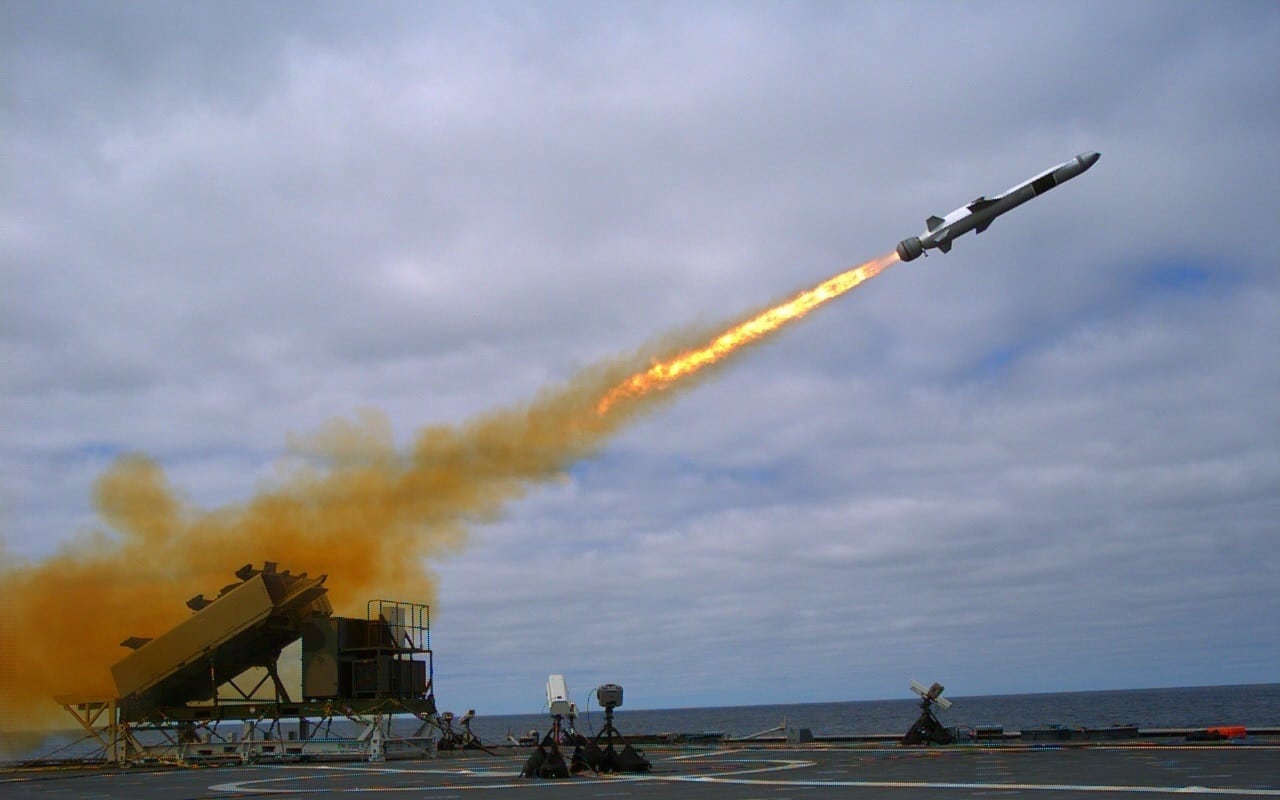WASHINGTON — Buoyed by the recent contract award to provide the littoral combat ship and future frigate with a new over-the-horizon anti-ship missile, Raytheon is now setting its sights on the rest of the anti-ship missile market.
Raytheon’s top executive, Thomas Kennedy, sees potentially billions in new contracts over the coming years for the company’s Naval Strike Missile, a joint venture with the Norwegian firm Kongsberg.
“NSM is a new missile franchise for Raytheon, and our goal is to replace the existing domestic and international inventory of Harpoon and other international surface-to-surface missiles, making NSM a multibillion-dollar franchise opportunity,” Kennedy said.
In June, Kongsberg missile systems executive Oeyvind Kolset said the U.S. Navy’s selection of Naval Strike Missile for LCS and FFG(X) positions the missile well, as the market for surface-to-surface missiles is expected to increase in the coming years.
RELATED

Many of the world’s anti-ship missiles are coming to the end of their service lives, and the selection of the missile by the U.S. Navy bodes well for future sales, Kolset said.
The Naval Strike Missile has a range of more than 100 nautical miles and has target-recognition capabilities that limit the need for another ship or aircraft to hold a track on the target.
And its not just the U.S. Navy that is eyeing the NSM. The U.S. Army has been flirting with the capability as it explores ways to make itself relevant in a largely maritime Pacific theater with China on the rise.
On July 12, the U.S. Army shot the NSM from a truck at the former landing ship tank Racine during a sinking exercise.
Its use dovetails with a concept that the Army and the Japanese Ground Self-Defense Force have been developing, known in some circles as “archipelagic defense,” which in essence calls for the use of ground forces to deny Chinese forces free movement through the theater by deploying anti-ship and anti-air missiles throughout the island chains that pepper the Asia-Pacific region.
But Boeing, which makes the Harpoon, isn’t taking the competition lying down, and the missile has been on a roll recently.
The U.S. and partner nations successfully fired six Harpoons at the Rim of the Pacific exercise, including a Harpoon from the attack submarine Olympia, which marks the first time the missile has been fired from a sub in more than 20 years, according to a Boeing news release.
Both Australian and American P-8 aircraft also fired Harpoons.
Boeing is currently marketing Harpoon Block II+, which includes a data link that allows operators to re-target the missile during its flight.
The U.S. Navy expects to declare initial operational capability on Harpoon Block II+ this year, according to the Boeing release, and said it continues to develop an extended range Harpoon.
David B. Larter was the naval warfare reporter for Defense News.






